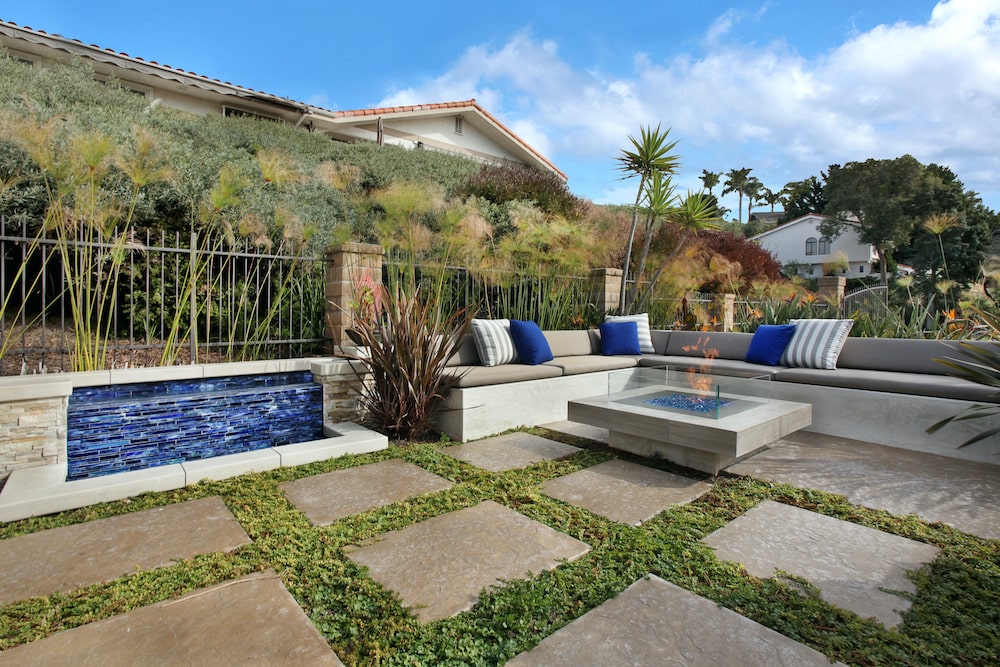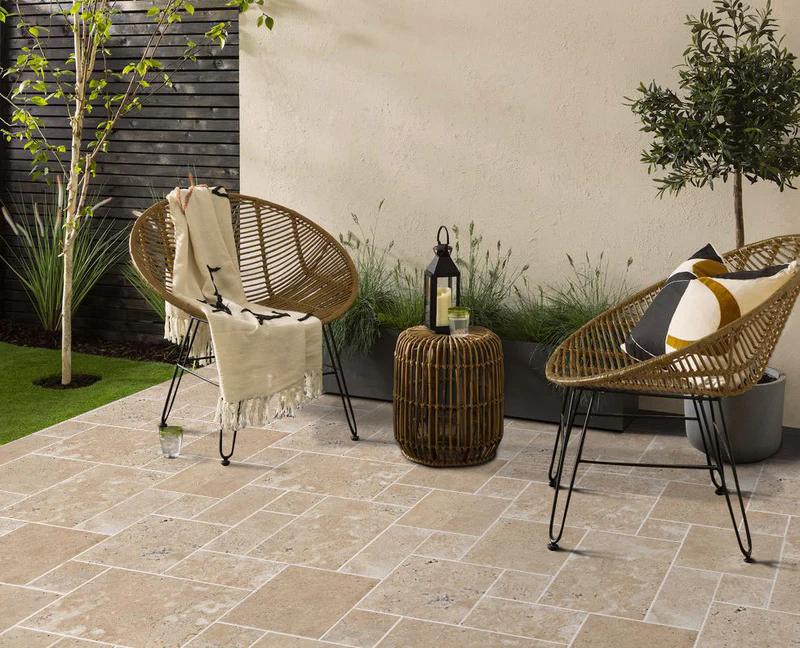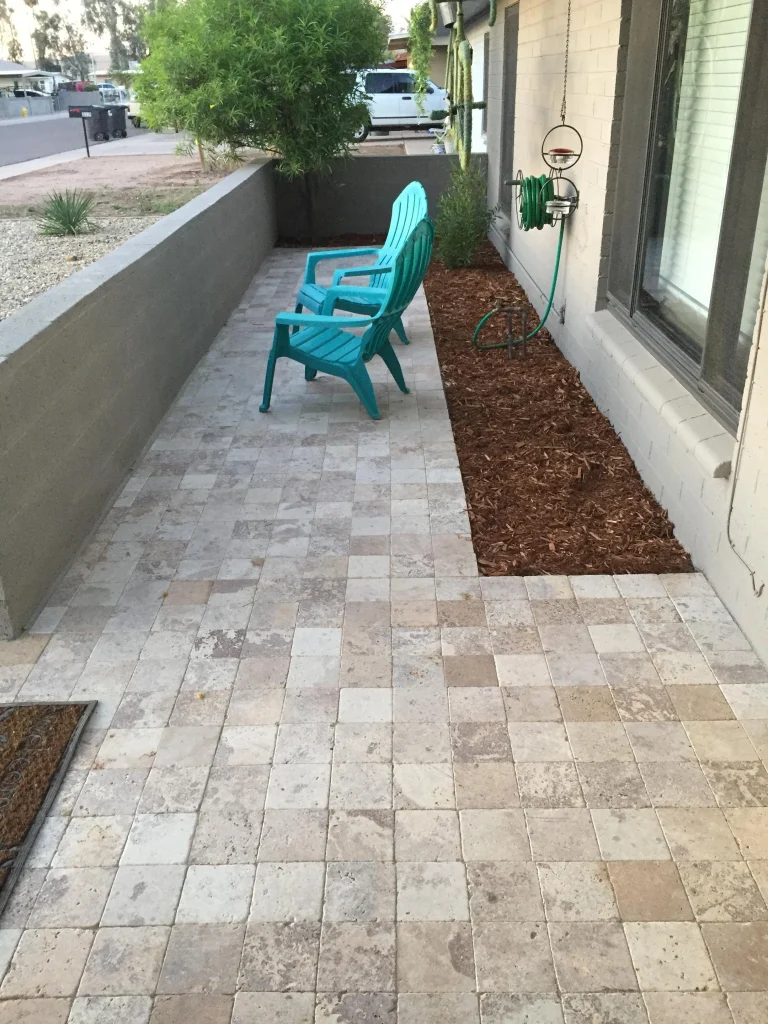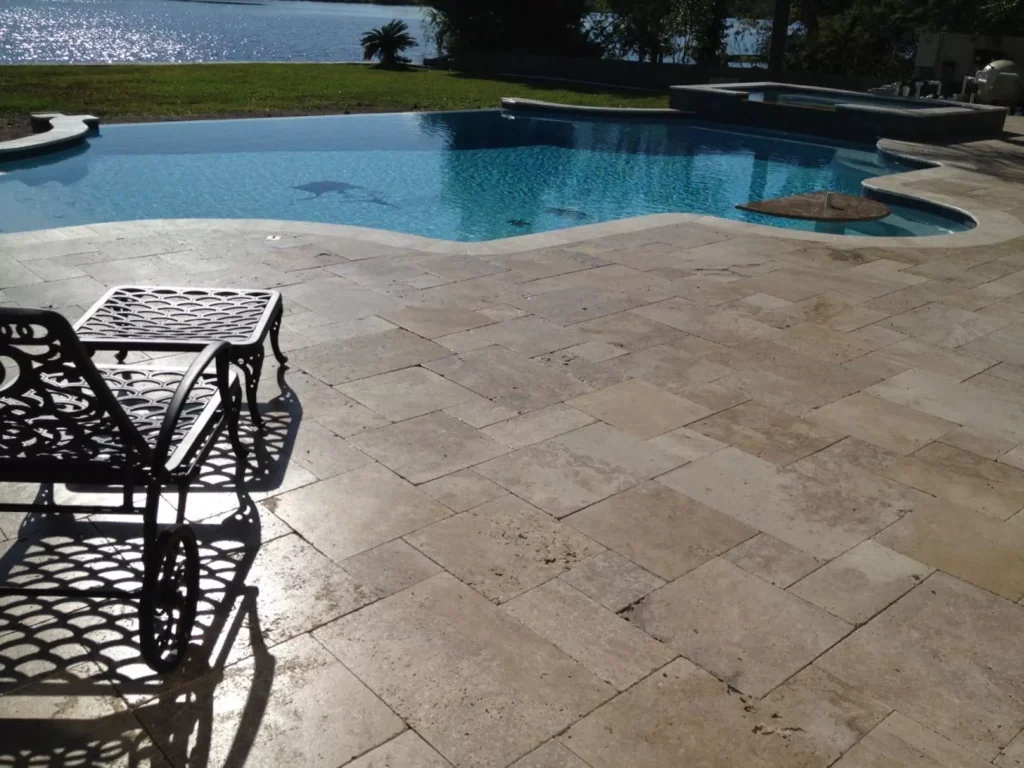How to care for outdoor travertine pavers?
Travertine pavers bring timeless beauty and natural character to outdoor spaces — from patios and walkways to pool decks and driveways. But to keep them looking their best, they require a little regular care. With the right maintenance routine, your travertine can last for decades while retaining its classic, luxurious look.
1. Sweep and Rinse Regularly
Outdoor travertine collects dust, leaves, and debris that can dull its surface over time.
-
Sweep or blow debris off the surface once or twice a week.
-
Rinse with a garden hose to remove dirt and prevent buildup in the pores.
Avoid using high-pressure washers directly on the stone, as they can erode the natural texture and dislodge sand from the joints.
2. Clean with a pH-Neutral Stone Cleaner
Travertine is a natural limestone material, which means it’s sensitive to acidic or harsh chemicals.
-
Use pH-neutral cleaners specifically made for natural stone.
-
Avoid vinegar, bleach, or citrus-based products — they can etch or discolor the surface.
-
For deep cleaning, dilute the stone cleaner in water, mop the area, and rinse thoroughly.
3. Reseal Every 1–2 Years
Sealing is essential to protect travertine from stains, moisture, and fading.
-
Apply a penetrating sealer designed for travertine or other porous stones.
-
Outdoor pavers exposed to sun and rain should typically be resealed every 12–24 months, depending on climate and foot traffic.
-
When water stops beading on the surface, it’s time to reseal.
4. Maintain the Joints
The joints between travertine pavers are often filled with polymeric or sand-based material.
-
Check joints for erosion or gaps once or twice a year.
-
Refill with polymeric sand if needed to prevent weed growth and shifting.
-
Ensure proper drainage to avoid standing water between pavers.
5. Remove Stains Promptly
Travertine is naturally porous and can absorb liquids if not sealed properly.
-
Blot spills immediately — especially oils, wine, or acidic drinks.
-
For stains, use a stone poultice or a mild baking soda paste, but test in a small area first.
-
Avoid scrubbing pads or steel wool, which can scratch the surface.
6. Protect High-Traffic and Pool Areas
If your travertine is installed around a pool or a high-traffic patio:
-
Use outdoor mats or area rugs to reduce wear.
-
Rinse off pool chemicals that splash onto the stone — chlorine can cause long-term discoloration.
-
Choose tumbled travertine for slip resistance and a natural grip underfoot.
7. Handle Seasonal Weather
Travertine holds up well in heat, but freezing conditions require extra care.
-
In cold regions, ensure proper drainage beneath the pavers to prevent freeze-thaw damage.
-
Avoid salt-based de-icers — they can corrode the stone. Opt for sand or non-corrosive alternatives instead.
Keep Your Travertine Beautiful for Years
With simple maintenance — regular cleaning, sealing, and mindful care — your outdoor travertine pavers can maintain their rich, natural look for decades. Their durability and elegance make them one of the best choices for patios, pool decks, and pathways, offering both timeless beauty and lasting performance.










